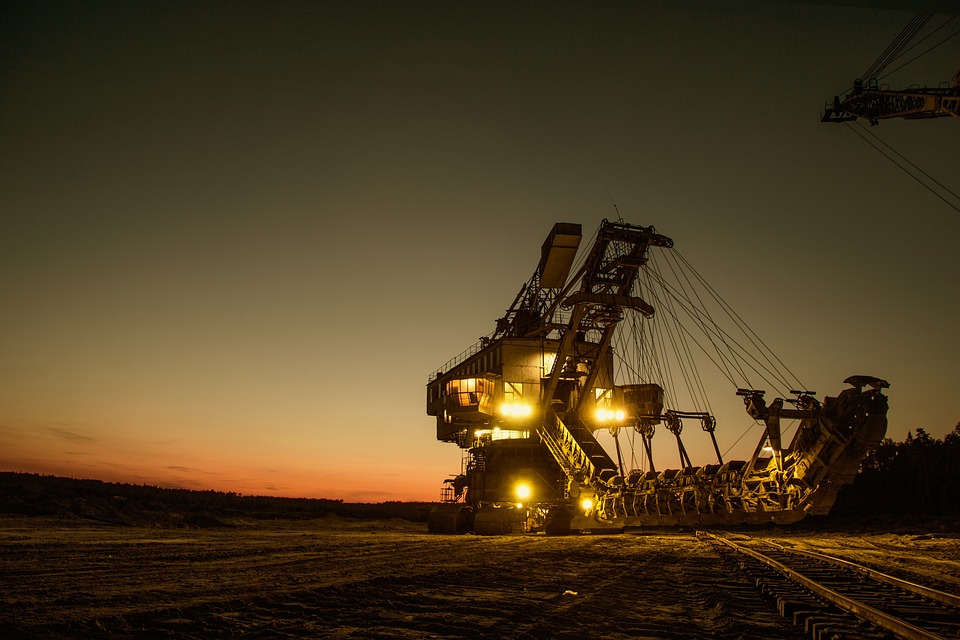WA’s Mining Boom: How the Industry is Driving Economic Growth
Western Australia’s mining industry is experiencing a resurgence, with iron ore, gold, and other minerals driving economic growth and job creation. The sector is on track to reach a record high value of $124 billion in 2023-24, up from $94 billion in 2021-22. In this article, we’ll explore the factors behind the boom, its impact on the state’s economy, and what it means for future prospects.
A Resurgence of Fortunes
After a period of decline in the mid-2010s, Western Australia’s mining industry has staged a remarkable comeback. Iron ore, the state’s largest commodity export, has been the main driver of the resurgence. Fortescue Metals Group’s expansion of its Solomon Hub and BHP’s boost to production at its Western Turner Syncline mine have both contributed to increased iron ore output. Meanwhile, gold mining has also seen a resurgence, with gold prices reaching their highest levels in years.
Economic Benefits
The mining industry is a significant contributor to Western Australia’s economy, generating over 25% of the state’s GDP. The sector’s growth is having a ripple effect throughout the state, creating jobs, stimulating local spending, and generating revenue for government coffers.
According to the Department of Mines, Industry Regulation and Safety, the mining industry supported around 125,000 jobs in 2022, with a significant proportion of these in regional areas. The sector also generates over $5 billion in taxes for the state government each year.
Job Creation and Training
As the mining industry continues to grow, there is an increased demand for skilled workers. To meet this demand, mining companies are investing in training and development programs to upskill the workforce. This includes apprenticeships, training centers, and partnerships with education institutions.
For example, Rio Tinto has established a dedicated training program for Indigenous Australians, aimed at increasing diversity and inclusion in the mining sector. Similarly, BHP has partnered with local education providers to develop skills training programs for workers in the Pilbara region.
Environmental and Social Impacts
While the mining industry is driving economic growth, it is essential to acknowledge the environmental and social impacts it can have. Mining activities can affect local ecosystems, water quality, and biodiversity. Additionally, the sector has been criticized for its lack of transparency and accountability.
To mitigate these impacts, mining companies are implementing measures to reduce their environmental footprint. This includes using renewable energy sources, minimizing waste, and implementing water conservation strategies. Moreover, companies are engaging with local communities to build trust and ensure that the benefits of mining are shared equitably.
A Bright Future Ahead
Western Australia’s mining industry is poised for continued growth, with the sector expected to reach new heights in the coming years. As the demand for minerals continues to increase, the state’s mining industry will play a vital role in meeting this demand.
The future of the industry also presents opportunities for innovation and diversification. Companies are exploring new technologies, such as artificial intelligence and autonomous systems, to increase efficiency and reduce costs. Additionally, there is a growing focus on developing the sector’s sustainability and environmental credentials.
Frequently Asked Questions
Q: What are the main minerals driving the mining boom in Western Australia?
A: Iron ore, gold, and other base metals such as copper and nickel are the main drivers of the mining boom in Western Australia.
Q: How many jobs does the mining industry support in Western Australia?
A: The mining industry supported around 125,000 jobs in 2022, with a significant proportion of these in regional areas.
Q: What are some of the environmental impacts of mining?
A: Mining activities can affect local ecosystems, water quality, and biodiversity. However, mining companies are implementing measures to reduce their environmental footprint and minimize waste.
Q: How can I get a job in the mining industry?
A: You can explore job opportunities on mining company websites, or consider training programs and apprenticeships to upskill and become eligible for employment in the sector.
[Image: A photograph of a mining site in Western Australia, with heavy machinery and equipment, and a stunning desert landscape in the background. Caption: "Western Australia’s mining industry is driving economic growth and job creation across the state."]
About the Author
[Your Name] is a journalist and writer with a focus on mining and energy industries. With a background in science and technology, [Your Name] has a strong understanding of the sector and its impacts. In this article, [Your Name] explores the key factors driving Western Australia’s mining boom and its significance for the state’s economy.



